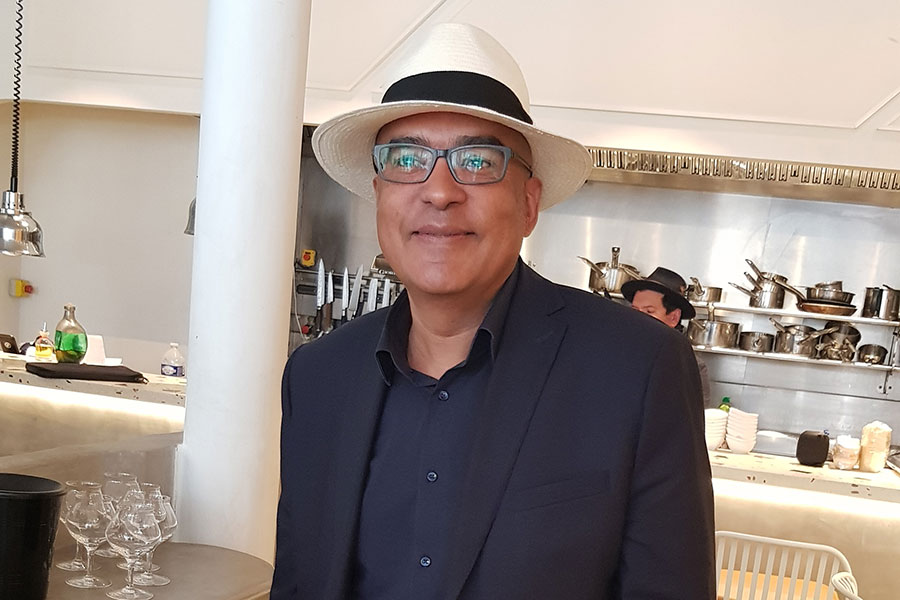20 personalities decipher the last 10 years, and provide food for thought for the next 10.
How has the rum market changed over the last 10 years?
We’ve seen a huge number of new origins emerge. Up until ten years ago, wine merchants only had a few vintages on their shelves, mostly agricole rums. Then Diplomatico arrived and reshuffled the deck, followed by Don Papa. Then Central American rums arrived on the market. And that allowed us to introduce new consumers to the world of rum.
Since then, palates have become sharper and people’s tastes are less inclined towards sweet rums. Brands have adapted too. Over the past 10 years, we’ve also discovered molasses rums, which were often underestimated as a raw material, and of course cane honey. I’m thinking in particular of Botran and Fortin. There are also rums made from pure cane juice from Asia and Africa, and all the derivatives of rum, such as arranged or spiced rums. And today, in wine shops, we’ve gone from 10 references to 100, 150, 400!
How will it evolve over the next 10 years?
In my opinion, rums from Asia (Vietnam, Thailand, Cambodia, Indonesia, etc.) and Africa will grow in importance. And white agricole rums too. When I do a master class in a wine shop, I often start with this type of rum. At first, people are a bit reluctant, but as soon as they taste it, they’re surprised and won over. Last night I sold 11 bottles of Bête à Feu d’A 1710, out of the 12 available at the wine shop where I was. I think that organic, single-varietal and local rums will develop. The distilleries are also anticipating the growth in old rums, buying casks and building cellars…
What’s your latest news?
The latest news is the acquisition of Dugas by Stock Spirits, a new player in Eastern Europe. They have a lot of ambition. As far as the French market is concerned, they know that it’s the most premium in the world, so their products will remain very high quality.


